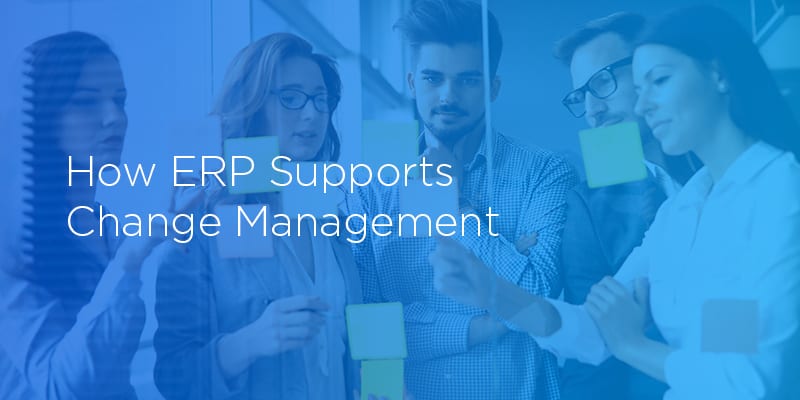Working environments are continuously changing as more companies go digital. Changes are being implemented at every level in terms of procedures, technologies, and people strategies. To guarantee the best possible use of the infrastructure and resources available, legacy procedures are being phased out. Such projects, however, frequently lead to significant internal process changes that are not always simple to manage.
All the steps businesses take to get ready for and support a business transition are included in change management. Included in these are the many approaches applied to the resource, financial, and operational optimization of ongoing projects. Yet, change management involves more than just projects and procedures; it also takes into account the impact on employees’ roles. The planned modifications must be made before your staff adopts them; otherwise, there may be a large-scale reaction.
But, your change management projects can go considerably more smoothly if you’re using an enterprise resource planning (ERP) system. Companies that use ERP software have agile data sharing, which is necessary for change management. These kinds of firms are better equipped to handle problems with data access and loss during any internal shift or transformation. We’ll demonstrate three ways that ERP software aids in change management in this article. gives users access to current information from a single source
Every time a business case is presented for a change endeavour, data is used to support it. Companies are best equipped to carry out a change project when they have properly prepared themselves by gathering, storing, and making correct data available to all parties.
How may ERP software be useful?
A single, common database that supports numerous functionalities is used by all ERP tools. Businesses now have access to a single data source rather than multiple databases for various departments, which improves visibility and streamlines changes between departments. Making decisions is also made simpler for change agents—team leaders or supervisors in charge of process adjustments.
ERP dashboards include color-coded bar charts and graphs to visually represent important business/department information. All employees must have access to data metrics in order for change management to successfully track and evaluate change processes. Real-time data improves situational awareness so that the management and staff of your company always have access to the most recent, correct information.
Allows for greater communication across all departments
Another crucial component of change management is communication. The success of change management initiatives depends on effectively conveying the purpose and consequences of a change. It makes sense that employees could be uncertain about how upcoming process changes will affect their current roles and responsibilities if they don’t fully comprehend them. Also, employees should be able to speak openly with change agents about any issues they may have.
How may ERP software be useful?
A consolidated database provided by ERP software is available to all executives and departments. Everyone has access to this information, and it is possible to track all communication back to a single database. Every department may observe the entire system in action and comprehend their precise position and function inside it.
Moreover, ERP software makes guarantee that messages are communicated consistently between various divisions, including sales, customer support, production, operations, shipping, and accounting. This makes sure that cross-departmental responsibilities are simplified and that good communication is maintained amongst all business units during transformation projects.
Safeguards your data while it’s being transformedData loss is the biggest risk during any internal transformation or change in processes, and most data loss is the result of human error. Moreover, there is a potential that private information will be duplicated or incorrectly translated internally.
How may ERP software be useful?
Only authorised staff are able to modify or update data thanks to ERP software. Based on user roles, businesses can set access controls. Only authorised users are permitted to create, edit, and close the change tasks allocated to various employees for change procedures. The software also keeps thorough audit logs to keep track of who changed what data and when. Complete visibility is ensured by doing this, ensuring that all corporate data is always safeguarded.
Final thoughts and next steps
It takes a team to successfully implement change management initiatives, but with ERP software, process modifications may be streamlined with little effect on productivity.
As was mentioned in this post, you may better manage change processes by taking a few practical measures including connecting all your data sources to ERP software, involving your staff to maintain consistent communication, and implementing access control for sensitive data. These actions will guarantee a smooth change management process for your company and staff. To find a technology that best meets your change management needs, you may also browse our ERP software list.

